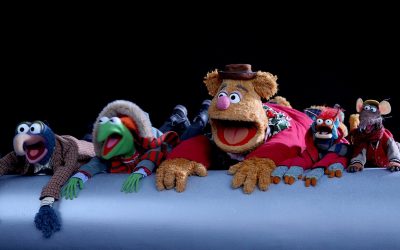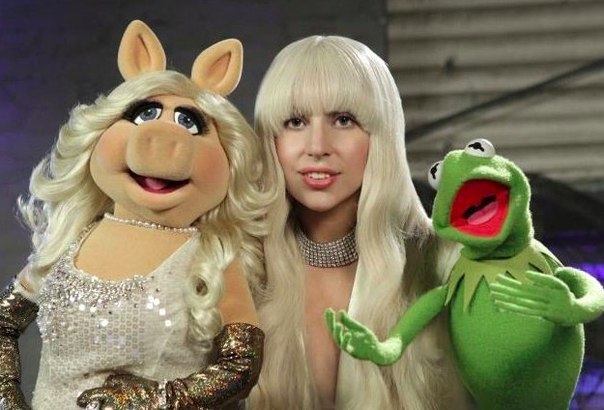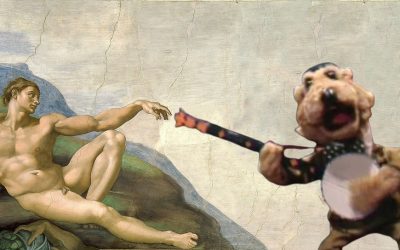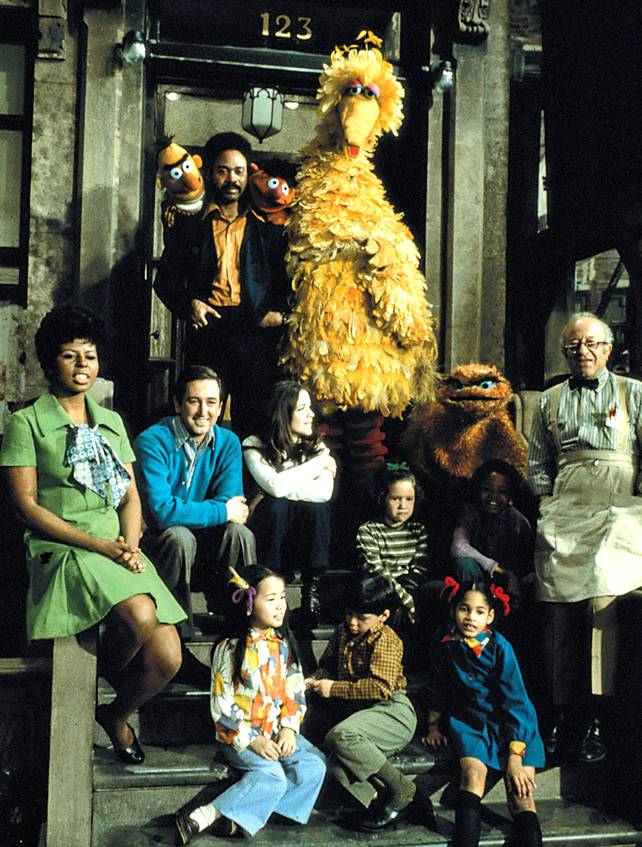
The year 2019 marks Sesame Street’s fiftieth anniversary. The big 5-0. Half a century. One twentieth of a millenium. Bert and Ernie are eligible to join AARP. And in honor of the most famous street in the world’s golden anniversary, we here at ToughPigs are embarking on an ambitious project.
With 4,526 episodes as of the writing of this article, watching every episode of Sesame Street would slowly drive us all to madness. (Not to mention most of you would probably lose interest after about 1,783 articles, give or take.) So we came up with a solution.
By the end of 2019, there will have been 50 seasons of Sesame Street on the air, which lines up almost perfectly with the 52 weeks in a given year. So we’ll be looking at Sesame Street, season by season, every week, for a whole year. Some weeks we might focus on a notable episode from the season in question, other weeks we might concentrate on a single sketch or musical number, and still other times we might talk mainly about the characters. Fifty years of show gives us a lot of options!
We’re calling it Sesame Street: 50 in 50. Sounds fun, right? (And don’t worry, it won’t impact our other ambitious project at all. There’s plenty of Muppet love to go around!)
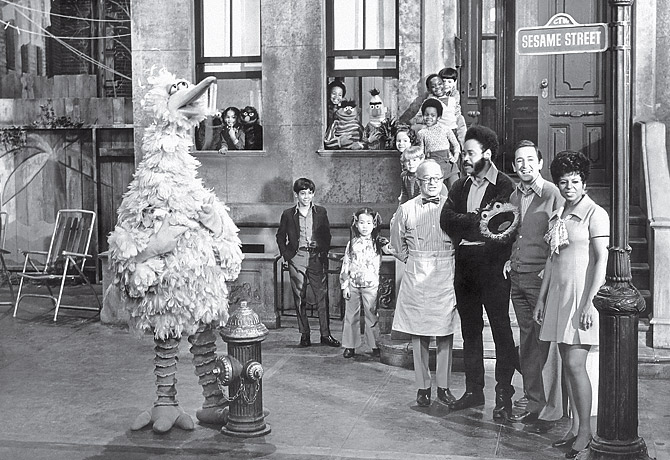
Season 1 (November 10, 1969 – May 8, 1970)
For nearly 50 years, everyone has wanted to know how to get to Sesame Street. But for me, I want to know just how Sesame Street got here. What has made it so endearing that it’s still going strong after all this time? That’s what intrigued me about looking back at the show’s very first season. Now, for most shows in television history, the first season is usually the time where a show’s crew figures out what the show will be. It’s typically different from what audiences see in later seasons. But with Sesame Street, they’ve got the formula down from the very first episode. The street story, animated segments, Muppet sketches, and songs are all there on day one. And though the show still needs some time to develop after this season, you can see where the Sesame seeds have been planted. (Get it? Sesame seeds? Oof, it’s going to be a long year.) I think you can see that through what’s managed to work for fifty years.
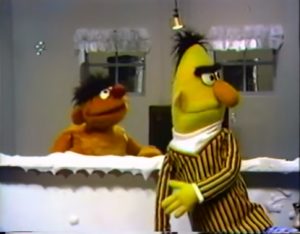
Sadly, “Bert & Ernie & Frank’s nose” wasn’t as catchy.
But before I go into what has stuck around, I want to talk about what’s different, because that’s important too, to see the evolution in the show. Most noticeably, a lot of the Muppet characters are different from the way we know them now. Big Bird seems almost emaciated compared to his later appearance. And boy, is he dumb. Just a complete goofball. And that’s kind of the issue with most of the Muppet material on the show this season: their appearances and personalities seem crude, at least in hindsight. The monsters, including early versions of Grover and Cookie Monster, aren’t as well-defined as they’d become. And Oscar is…well…orange.
And the crudeness bleeds over into the technical stuff, too. Some scenes are very awkwardly staged, and don’t think I’ve seen as many puppeteers visible as much as I have in any other Muppet project. I’ll chalk that up to the learning curve. Elsewhere, the street stories don’t feel as organic, but I think that’s to be expected in a first season, and some of the inserts don’t really work in the show’s best interests. (There’s a reason Buddy and Jim didn’t last past the first season.) As time progresses, the cast develops their chemistry and figure out their characters better. It can sometimes be a messy process, but that’s all part of developing the show.
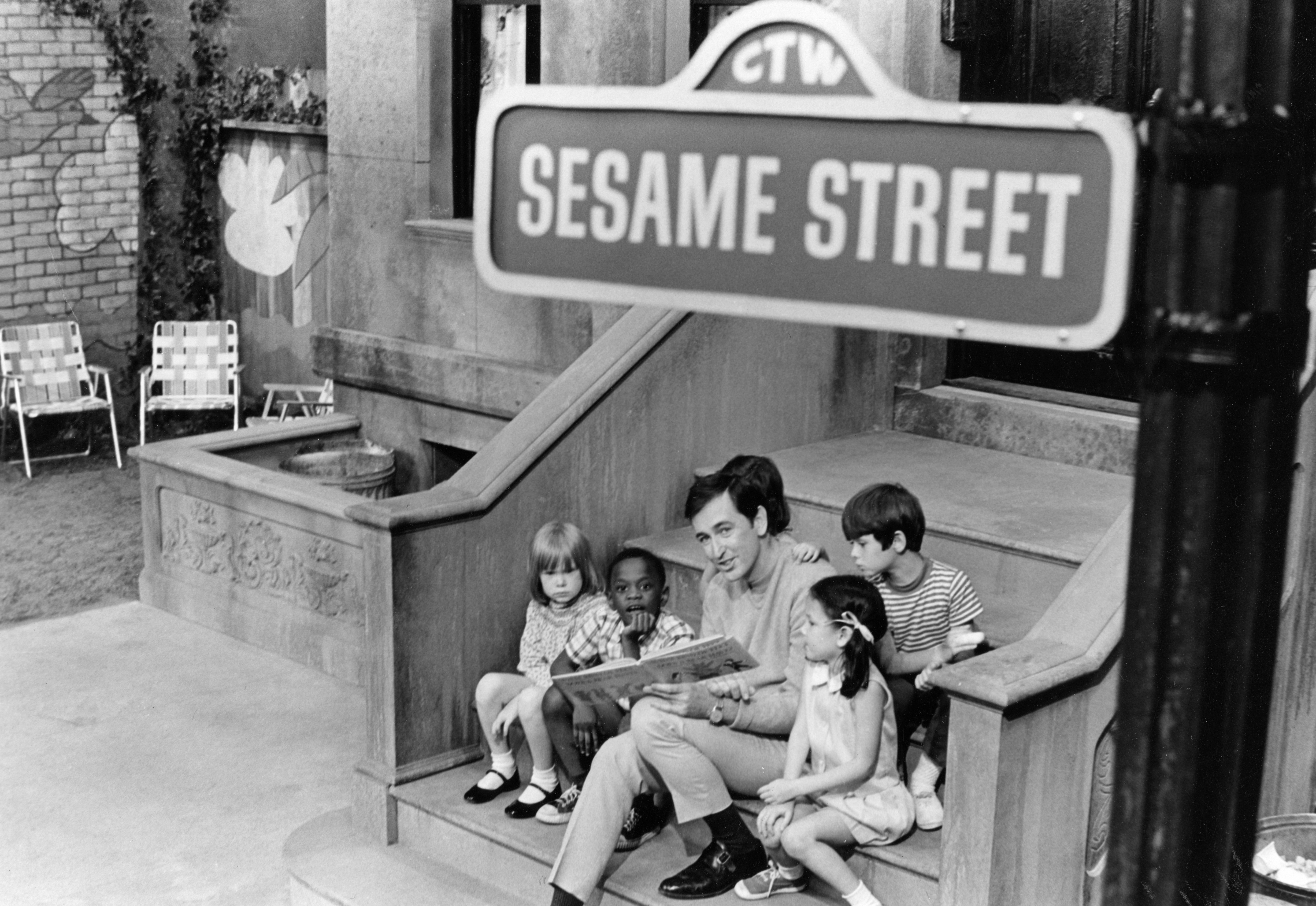 So, what worked? For starters, the set layout is pretty much the template that’s been used ever since. That has to count for something (mostly because Sesame Street’s resident counter wouldn’t appear until season four). Bert and Ernie have their chemistry down (if not their outfits), thanks to Jim Henson and Frank Oz having worked together for several years by this point. While they’re still using songs from other properties, the original music is solid, with songs that have been written into the fabric of the show’s DNA having debuted in the first season. “One of These Things” is already there in the first episode, with that Bob standard, “The People in Your Neighborhood” coming not too long after.
So, what worked? For starters, the set layout is pretty much the template that’s been used ever since. That has to count for something (mostly because Sesame Street’s resident counter wouldn’t appear until season four). Bert and Ernie have their chemistry down (if not their outfits), thanks to Jim Henson and Frank Oz having worked together for several years by this point. While they’re still using songs from other properties, the original music is solid, with songs that have been written into the fabric of the show’s DNA having debuted in the first season. “One of These Things” is already there in the first episode, with that Bob standard, “The People in Your Neighborhood” coming not too long after.
And if that weren’t enough, within the span of one month, between February 25th and March 20th, 1970, viewers got to hear “Rubber Duckie,” “Bein’ Green,” and “I Love Trash” for the very first time. A lot of the inserts actually do work, delivering concepts in a slick, energetic package. (To the opposite of Buddy and Jim, there’s a reason Sesame Street fans still know what you’re talking about when you shout “TWO CHOCOLATE CREAM PIES!” That’s when they know to get out of the way.) The human characters are well-defined, giving the actors plenty to work with over the course of the season. And that’s kind of the idea of the thing: everyone has the basic idea of what they’re doing, it just takes time to do it. Overall, the first season proves that there’s a lot of growing to do on Sesame Street, but you can see where the roots of the show we know and love can be found.
Notable Character Debut: Really? It’s season one; isn’t every character making their debut? Well, alright, let’s just hit the highlights: Gordon, Susan, Bob, Mr. Hooper, Big Bird, Oscar the Grouch, Bert, Ernie, Kermit the Frog, Cookie Monster, Grover, Guy Smiley, Roosevelt Franklin, Betty Lou, Lefty the Salesman, Professor Hastings, and Little Bird, to name a few. And hopefully we’ll never have as long a list as this for the rest of the year.
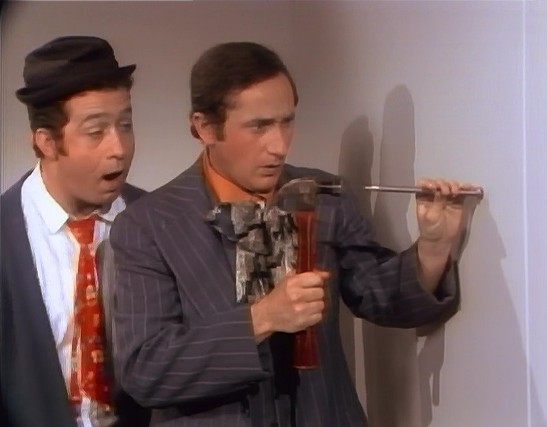
Notable Character Departure: Fare thee well, incompetent comedy duo Buddy and Jim, we hardly knew ye. Also joining the “not moving on to season two” list is Jennie, a human character played by Jada Rowland, who drew pictures and had the children try to guess what she was drawing. The idea stayed, but the character didn’t.
MVM (Most Valuable Muppet): In a season where characters are still finding their footing, I’m splitting the honors between Sesame Street’s greatest duo: Ernie and Bert. They’ve pretty much got the basis of their characters down pat early on, which is remarkable. And their best days are still ahead of them!
MVH (Most Valuable Human): Serving as one of the core educators on the show, Susan makes herself a key component of the show early on. She has great chemistry with children, and knows how to get viewers at home engaged as well. Susan is an early star on the Street.
MVE (Most Valuable Episode): It has to be Episode 0001, right? There’s no Sesame Street without Episode 0001!
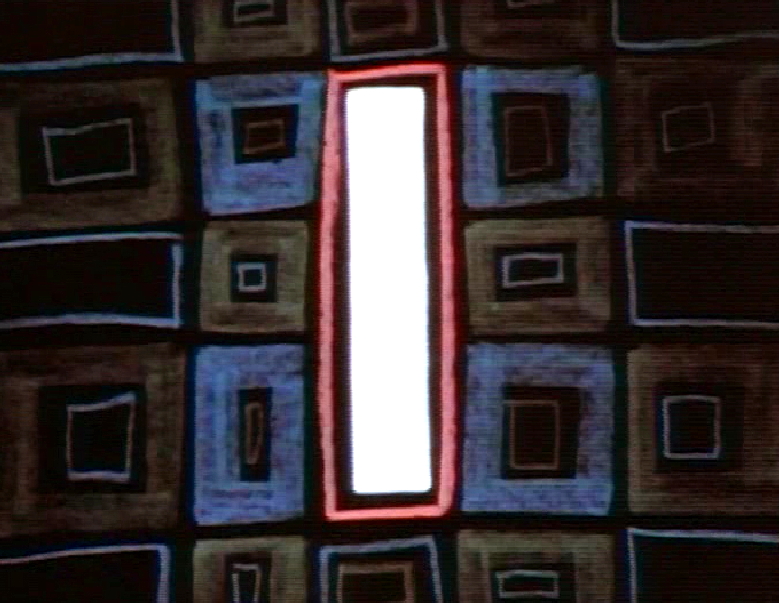
Hey, that’s the season we’re talking about!
Classic Sketch Debut: I think it would have to be “Numerosity,” with its flashy visuals, peppy music, and that baker. Plus, it gave Rowlf the Dog his only appearance on the show proper.
Classic Song Debut: I assure you, it may sound like I’m starting a Sesame Street greatest hits album, but “One of These Things,” “The People in Your Neighborhood,” “Somebody Come and Play,” “Rubber Duckie,” “Bein’ Green,” “I Love Trash,” and “ABC-DEF-GHI” all debuted in the first season.
Other Notable Episodes: Episodes 0054, 0055, and 0056 would subtly bring about an important change. Early on, the monsters of Sesame Street were mean, rowdy, and generally threatening. But these three episodes feature sketches with a blue monster with a ravenous appetite, who finds his favorite thing to devour: cookies. He stops being a meanie, and becomes one of the show’s most beloved characters. It’s a simple hook, but Sesame Street would never be the same again.
Curriculum Focus: Beyond the staples of letters, numbers, and shapes, the show also introduces household objects, critical thinking, jobs and occupations, the differences between human-made and natural environments, and more. It seems like a lot, but most of these ideas are still being taught on the show today.
Musical Highlight: If you want the song that perhaps best encapsulates the fact that this show began in 1969, enjoy Bob, wearing the loudest shirt imaginable, singing with a bunch of Anything Muppet hippies, “Good Morning, Starshine” from the musical Hair.
Best Celebrity Moment: Long before he was the voice of Darth Vader, Mufasa, and CNN, James Earl Jones was one of Sesame Street’s first major celebrity appearances. With his iconic voice, he manages to make the alphabet sound totally epic.
WTF Moment: I’d be remiss if I didn’t mention the five test pilots that Sesame Street ran in Philadelphia in July 1969. This show was incredibly well-researched and tested before it was broadcast nationally, which I think helps explain why the format has endured so long. But most importantly, the first pilot had an animated clip of Superman beating a giant gorilla with a door, and then cutting to a clip, of him, without any context, shouting “D!” As comic book fans ourselves, it’s become a favorite clip among the ToughPigs staff. We hope it becomes one of yours, too
One More Thing: Did you know that first test pilot was broadcast on July 21st, 1969, the day after humankind first landed on the Moon? Imagine watching the Moon landing one day, and getting the first ever look at Sesame Street the next. Wild, huh?
Okay, One More Thing: A note for DC Comics fans: Batman and Robin appear in several clips in season one, but Solomon Grundy showed up first.
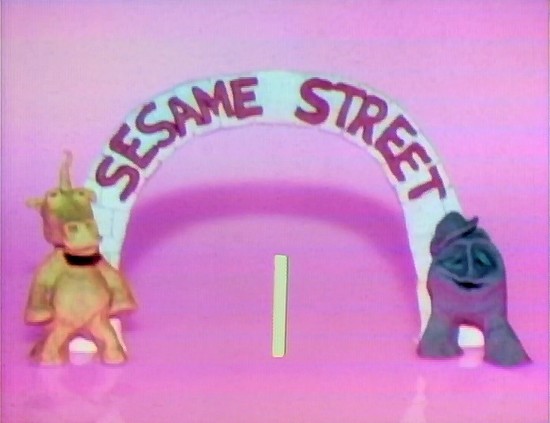
Yeah… this didn’t stick around either.
Click here to “D!” on the ToughPigs forum!
by Matthew Soberman

